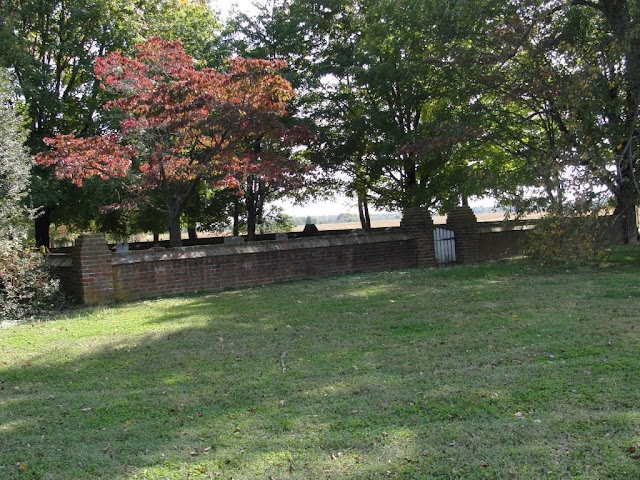FEDERALSBURG — If you are looking for history about Federalsburg and Caroline County, a new place to look is the Smithsonian Institute as the National Museum of African American History and Culture recently accepted a book by local historian Irma Harper.
Harper, 89, of Federalsburg, began documenting local history 72 years ago by going through land records. The culmination of her life's work came when the Smithsonian Institute accepted her book "Here Lies Sarah Phillips." This book contains the history and genealogy of seven generations of the Phillips Family, a black and mulatto family in Caroline County, dating back from the early 1700s to today. Sarah Phillips was the mother of a son who fought in the Revolutionary War and had two grandsons who fought in the Civil War.
“I'm very proud the Smithsonian Institute wanted my book about the Phillips family,” Harper said. “I'm glad to have this happen because I enjoy learning about people and their heritage.”
In June, the Federalsburg Historical Society honored Harper by dedicating the Irma S. Harper Research Room to their fellow historical society member. The room is filled with 570 of Harper's books and records for public viewing.
“In 2003, Irma returned to Federalsburg where she joined the Federalsburg Historical Society,” said historical society member Dan Gedman. “She quickly became an invaluable asset to our organization, participating, working and contributing to the success of the organization. Irma decided to donate her collection of works to us.
“This room was not just to be a storage facility, rather, it would become a research room that would serve as a place for people to come and investigate their heritage and be used by professional researchers as well.,” Gedman said.”
Harper's book, "Here Lies Sarah Phillips," also will be in the research room. She began her research when friends told her about a cemetery in the woods near Federalsburg. She searched for the cemetery and this successful trip began Harper's interest in the Phillips family.
“As most of us are aware, many black families cannot trace their family line because of slavery,” Harper said. “It was also interesting about the amount of farm land they owned at such an early time, therefore I wrote the book.”
“This is a remarkable achievement indicating Irma's caliber of scholarship,” Gedman said. “Her accomplishments, generosity and overall contributions to the Federalsburg Historical Society are invaluable not only to us, but to successive generations of families to come who will use her works to discover their family history.”
Harper, 89, of Federalsburg, began documenting local history 72 years ago by going through land records. The culmination of her life's work came when the Smithsonian Institute accepted her book "Here Lies Sarah Phillips." This book contains the history and genealogy of seven generations of the Phillips Family, a black and mulatto family in Caroline County, dating back from the early 1700s to today. Sarah Phillips was the mother of a son who fought in the Revolutionary War and had two grandsons who fought in the Civil War.
“I'm very proud the Smithsonian Institute wanted my book about the Phillips family,” Harper said. “I'm glad to have this happen because I enjoy learning about people and their heritage.”
In June, the Federalsburg Historical Society honored Harper by dedicating the Irma S. Harper Research Room to their fellow historical society member. The room is filled with 570 of Harper's books and records for public viewing.
“In 2003, Irma returned to Federalsburg where she joined the Federalsburg Historical Society,” said historical society member Dan Gedman. “She quickly became an invaluable asset to our organization, participating, working and contributing to the success of the organization. Irma decided to donate her collection of works to us.
“This room was not just to be a storage facility, rather, it would become a research room that would serve as a place for people to come and investigate their heritage and be used by professional researchers as well.,” Gedman said.”
Harper's book, "Here Lies Sarah Phillips," also will be in the research room. She began her research when friends told her about a cemetery in the woods near Federalsburg. She searched for the cemetery and this successful trip began Harper's interest in the Phillips family.
“As most of us are aware, many black families cannot trace their family line because of slavery,” Harper said. “It was also interesting about the amount of farm land they owned at such an early time, therefore I wrote the book.”
“This is a remarkable achievement indicating Irma's caliber of scholarship,” Gedman said. “Her accomplishments, generosity and overall contributions to the Federalsburg Historical Society are invaluable not only to us, but to successive generations of families to come who will use her works to discover their family history.”
Follow Dustin Holt on Twitter @Dustin_StarDem. Email him at dholt@stardem.com.
















